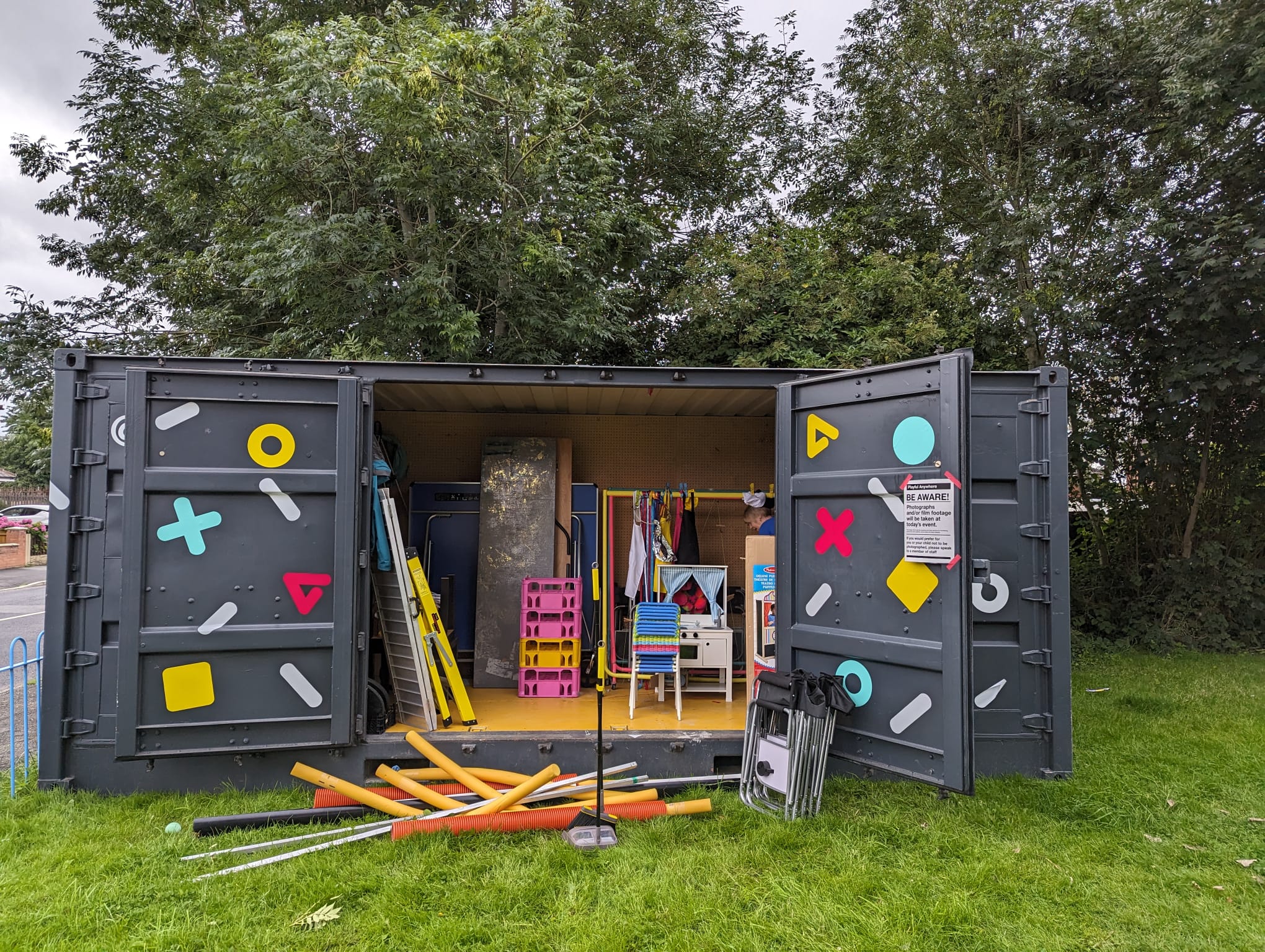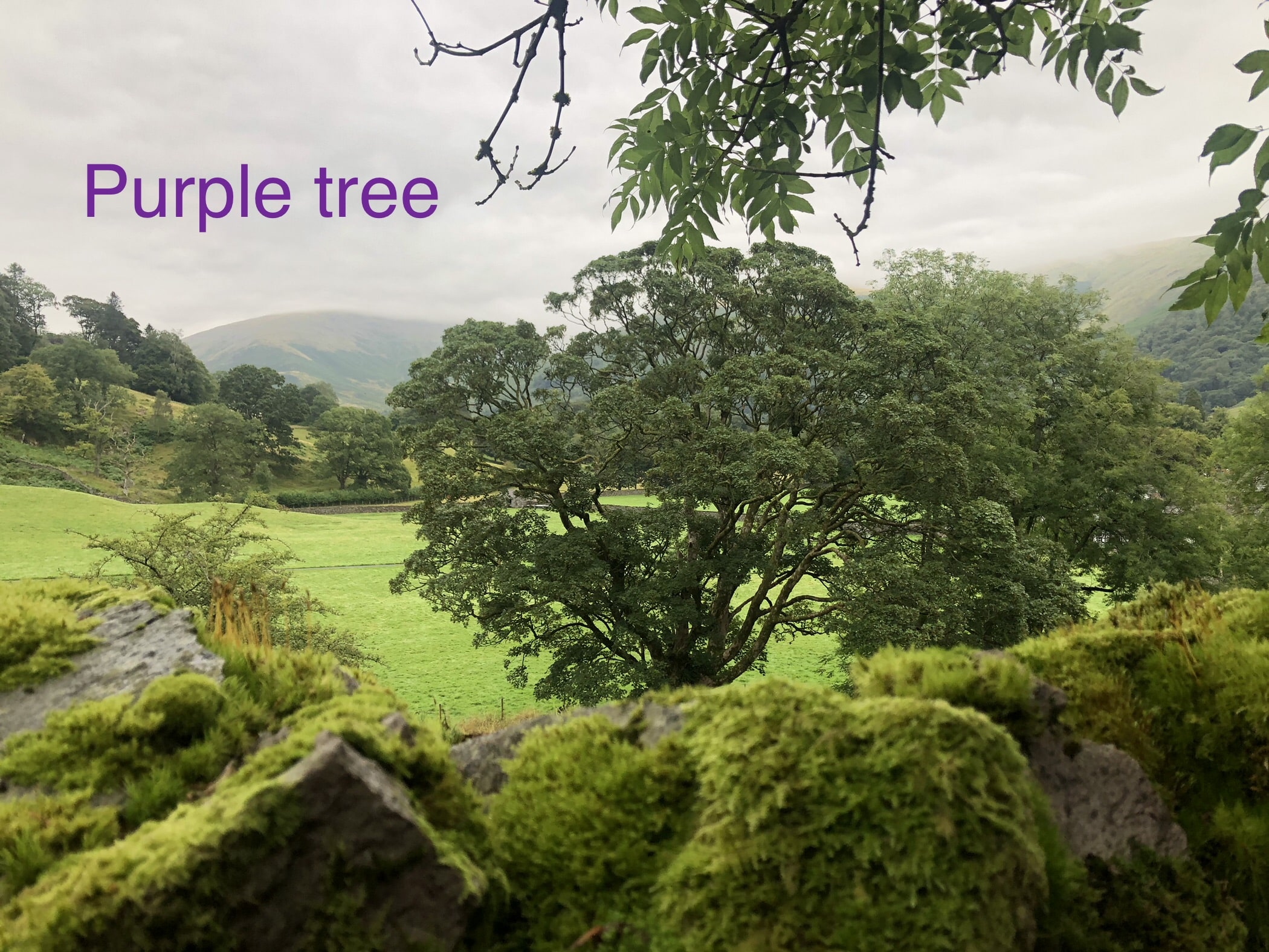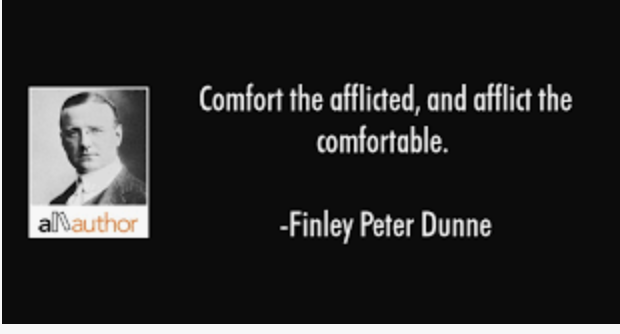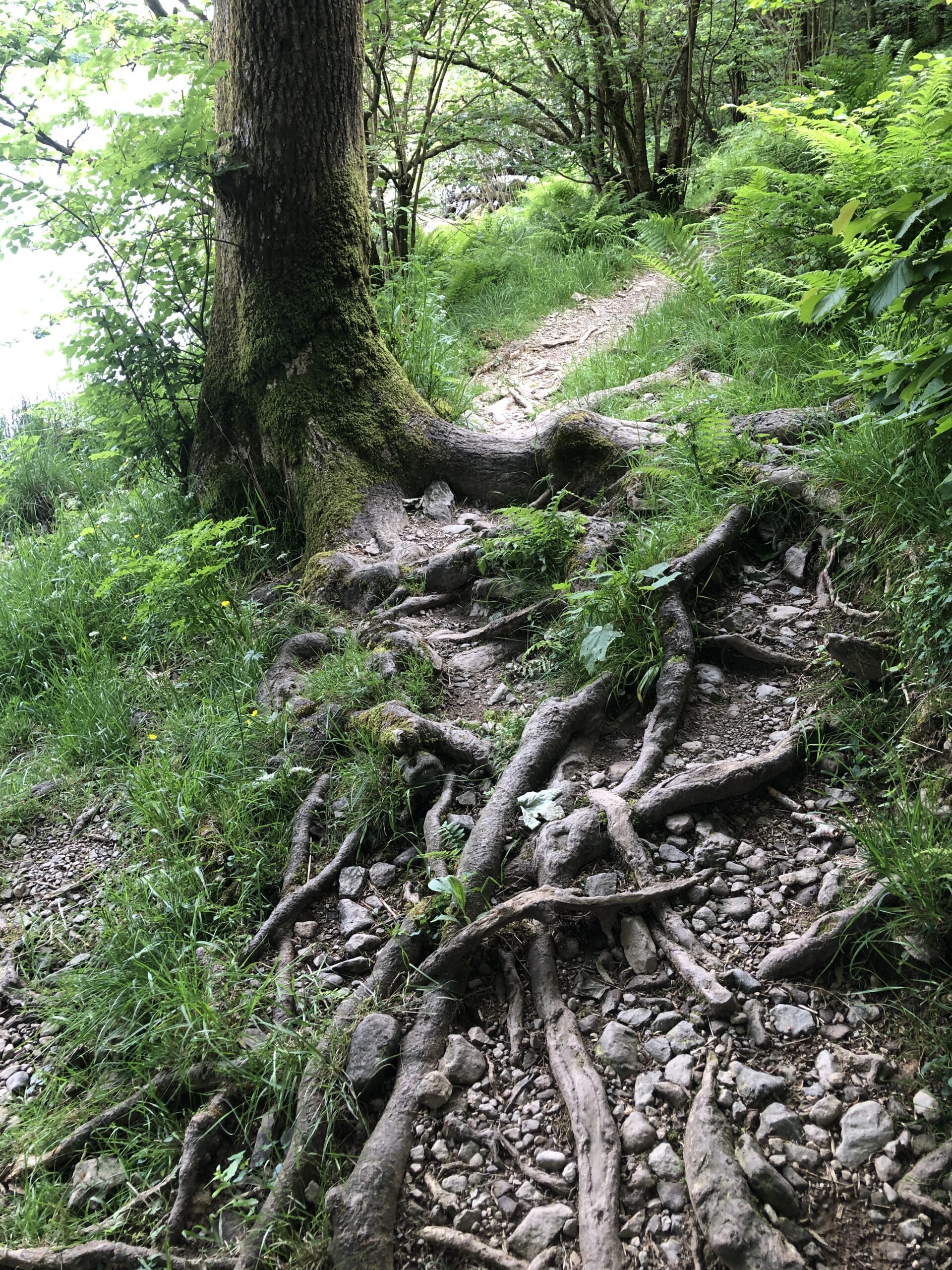
Playbox Living
I’ve been mulling on what the playbox offers to community building in ways that traditional community engagement approaches cant reach.
There’s lots I feel. Here’s one of my thoughts for starters. It’s an on my way out of the house kind of post so it will probably develop and grow over the coming week.
There’s a real difference between attending engagement events and leaving space open for contributing to and shaping what happens in the local community.
Traditionally we see professionals, and or community organisations, gathering based on a need, or a funding pot, to explore community engagement, normally with an aim to decrease something (anti social behaviour, crime) rather than with an intention to increase something. It usually ends with a photo of the organisations, usually from institutions, frequently wearing lanyards, thanking community members for taking part.
And community members go home and say, that was a good day. I wonder when they’ll come again to do it for us. I’m not knocking that, it can be a useful contribution to community life, when it adds value to work to deepen community life between neighbours. And it can often be a useful starting point if accompanied by community building resources that are rooted in community.
When I compare that to the playbox though it feels like another world.
The half opened door of the playbox with an invitation to come and play, be curious and explore.
The range of play equipment means there’s something for everyone. And to play in multi generational communities where parents and carers can get to know each other and each others children. The amount of peer support that’s happening, whilst carers sit and chat is so vast and immeasurable. It isn’t to be confused with disinterest in children’s play. It builds the culture of the village looking after the children, and also provides the opportunity to spot where that’s already happening. ‘Your Fred was here, with Joyce and Ernie. They went off around 2ish on their bikes, heading towards the woods.’ It also provides opportunities for young people to play in ways that their peers might describe as uncool. ‘I’m only doing this because of our…..’
Already the playbox feels rooted. Of course, there’s some teenagers who most evenings try and get in it. Testing the boundaries and shouting loudly, ‘We are here, can you hear us?’ Offering an opportunity, when some neighbours complain, to suggest they might stop their cars, or walk, and chat with the young people, get to know them. An invitation to remember and rekindle the function of the community.
At the end of week one you can already feel the, ‘we don’t want this to end.’ Working out whether we might steal it, hide it, forget to return it, build a moat around it.’
You just know this community will want a playbox, and might just organise around that ambition. I’ve yet to see this kind of interest, desire or agency towards any project or funded programme that turns up in community space. Maybe I’m biased. 😉




